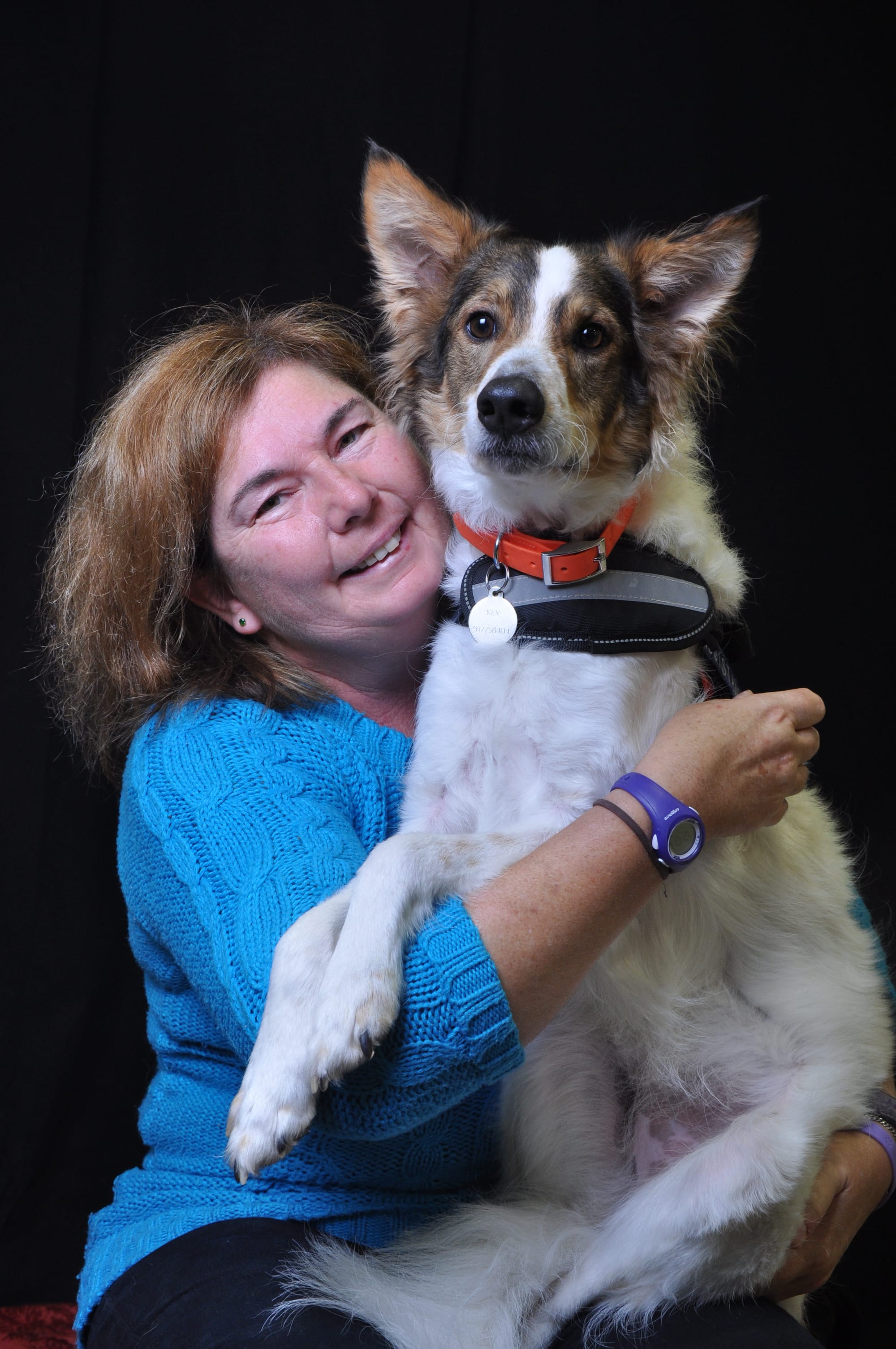Assistance Dogs

Assistance Dogs
What is an Assistance Dog and how would I recognize one?
Assistance Dogs are specifically and individually trained to assist a person with a disability. They also greatly enhance the quality of their handlers lives with a new sense of freedom, confidence and independence.
There are 3 Types of Assistance Dogs
• Guide Dogs for the blind and visually impaired
• Hearing Dogs for the deaf and hard of hearing
• Service Dogs for people with disabilities other than those related to vision or hearing.
What do Service Dogs do?
Service Dogs are specifically trained to assist people with disabilities other than vision or hearing impairment. They can be trained to work with people who have to use electric or manual wheelchairs, have balance issues, have autism, need seizure alert or response, need to be alerted to other medical issues, or have psychiatric disabilities like post traumatic stress disorder.
These dogs can help by retrieving objects, opening and closing doors, turning light switches off and on, barking to indicate that help is needed, alerting the person to take medication, finding another person and leading the person to the handler, assisting people to walk by providing balance and counterbalance, providing deep pressure, and many other individual tasks as needed by a person with a disability.
Can my own dog become a Service Dog?
Not all dogs have what it takes to become a Service Dog as they have to have a calmness and willingness to work in public that not all pet dogs have. However many pet dogs can be suitably trained to assist the disabled owner around the home.
What breeds of dog are suitable to be trained as Assistance Dogs?
Many Assistance Dogs are Labrador or Golden Retrievers, however suitable dogs from rescue centers or special breeding programs can be assessed and trained to become exceptional Assistance Dogs.
How are suitable dogs chosen to be trained as Assistance Dogs?
Dogs which are calm, well balanced and confident are chosen and assessed regularly to ensure they are perfect for the job.
How long does it take to fully train an Assistance Dog?
There is no specific length of time to train a dog, it just depends on the individual dog and what they are being trained to assist with.
How would I recognize an Assistance Dog?
These dogs working in public are identified by a jacket, vest, bib, harness, lead or backpack which will clearly state they are Assistance Dogs. The handler will carry or have attached to the dogs harness or lead the identification and registration of the dog to a recognized Assistance Dog Association.
Does an Assistance Dog have to be kept on a lead in public?
Yes, an Assistance Dog must be on a lead, harness or tethered unless this prevents the dog from carrying out tasks for the handler.
Do you have any Assistance Dogs which I could meet?
Yes, there are various fully trained dogs and dogs which are still in training. These dogs can meet with members of the public as ambassadors of Awesome Dogs and ACAI Associação de cães de Assistencia Internacional, www.caesassistenciainternacional.com
How do I contact you?
Gail Skinner Vice Chairperson ACAI
www.awesome-dogs.com or 917758404


